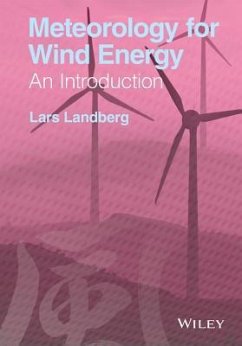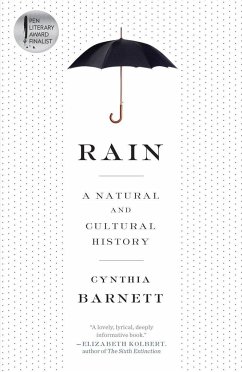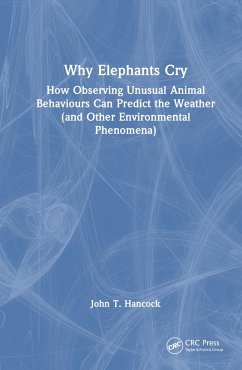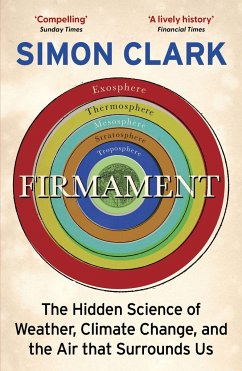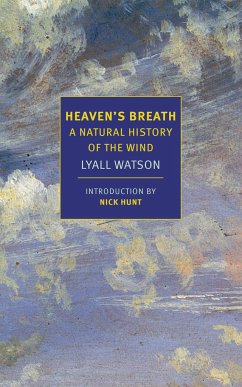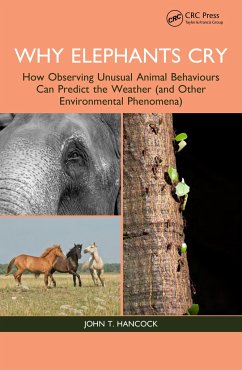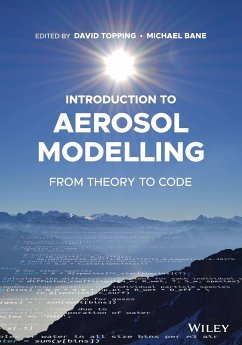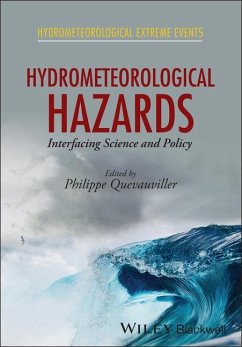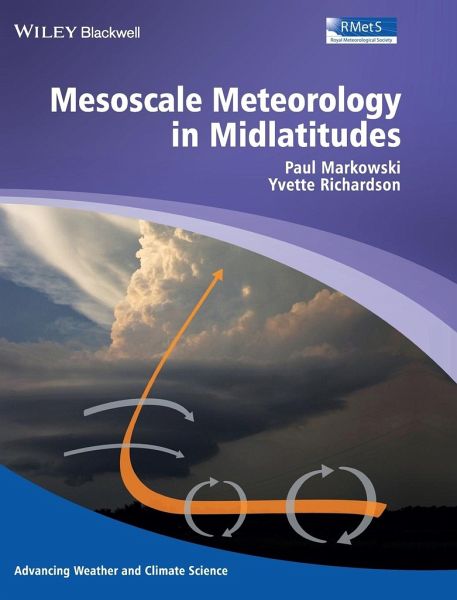
Mesoscale Meteorology in Midlatitudes
Versandkostenfrei!
Versandfertig in 2-4 Wochen
Weitere Ausgaben:

PAYBACK Punkte
45 °P sammeln!





Mesoscale Meteorology in Mid-Latitudes presents the dynamics of mesoscale meteorological phenomena in a highly accessible student- friendly way, with mathematical treatments complemented by eye-catching photographs an illustrations. Topics include boundary layer convection, nocturnal low-level jets, air mass boundaries (e.g.
Paul M. Markowski is an American meteorologist and leading expert on tornadogenesis and the forecasting of supercells and tornadoes. He was a principal investigator for the IHOP, PAMREX, and VORTEX2 field projects and, with Joshua Wurman, Howard Bluestein, et al., was on the VORTEX2 Steering Committee. Yvette Richardson is the author of Mesoscale Meteorology in Midlatitudes, published by Wiley.
Produktdetails
- Advancing Weather and Climate Science
- Verlag: John Wiley & Sons Inc
- Seitenzahl: 432
- Erscheinungstermin: 12. April 2010
- Englisch
- Abmessung: 260mm x 208mm x 28mm
- Gewicht: 1180g
- ISBN-13: 9780470742136
- ISBN-10: 0470742135
- Artikelnr.: 28175610
Herstellerkennzeichnung
Libri GmbH
Europaallee 1
36244 Bad Hersfeld
gpsr@libri.de
"In summary, I highly recommend this book for use incourses in mesoscale meteorology at the advanced undergraduate andgraduate level. It will serve as an important reference forresearchers, instructors, and practitioners, and I look forward tousing it in even more depth in my future teaching." (Bulletin of the American Met Society, 2012)"In summary, I highly recommendthis book for use in courses in mesoscale meteorology at theadvanced undergraduate and graduate level. It will serve as animportant reference for researchers, instructors, andpractitioners, and I look forward to using it in even more depth inmy future teaching." (Bulletin, 2012)"Markowski and Richardson (both meteorology, Penn State U.) delivera very accessible advanced text on the dynamics of mesoscalemeteorological phenomena, including boundary layer mesoscalephenomena, orographic phenomena and deep convection . . . aneye-pleasing design and extensive use of color photographs andillustrations make this book especially usable as both anundergraduate text and as a reference for graduate students,researchers, and meteorologists." (Booknews, 1 April 2011)
Für dieses Produkt wurde noch keine Bewertung abgegeben. Wir würden uns sehr freuen, wenn du die erste Bewertung schreibst!
Eine Bewertung schreiben
Eine Bewertung schreiben
Andere Kunden interessierten sich für


